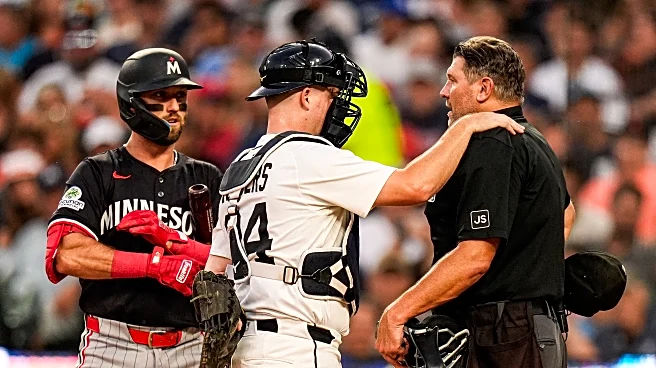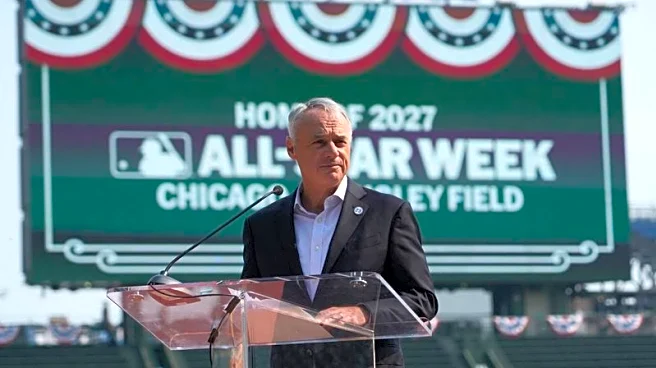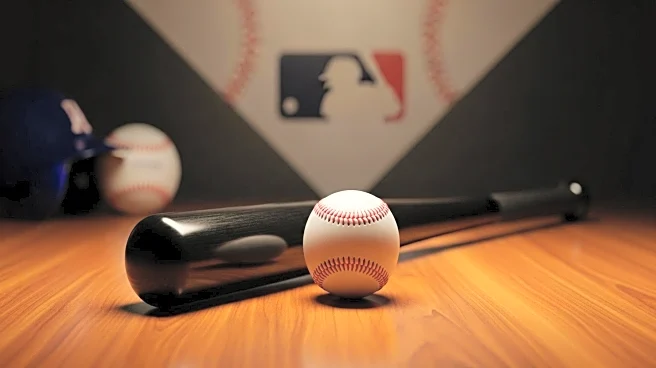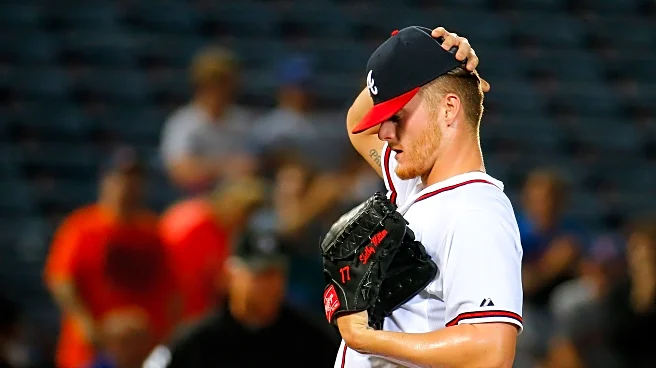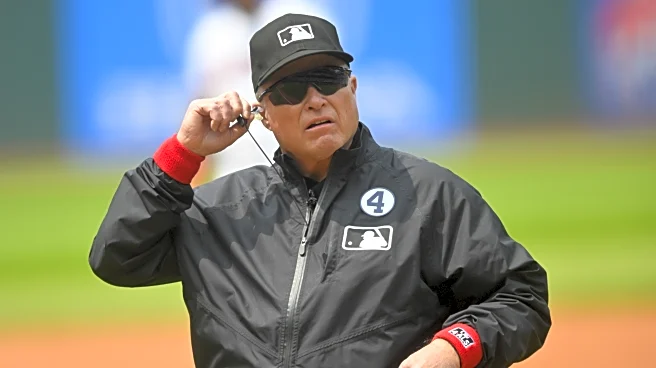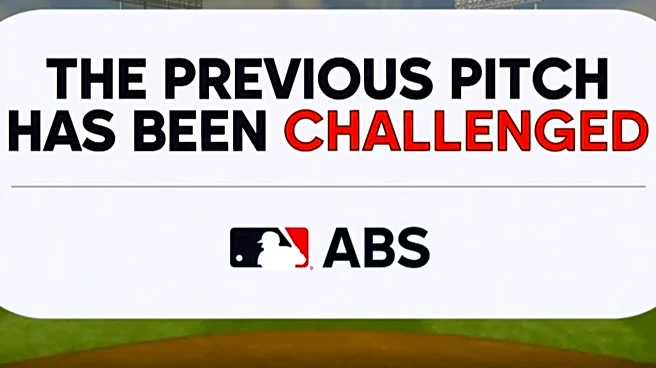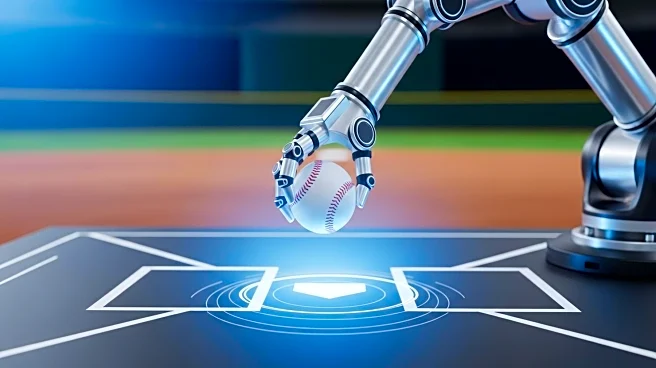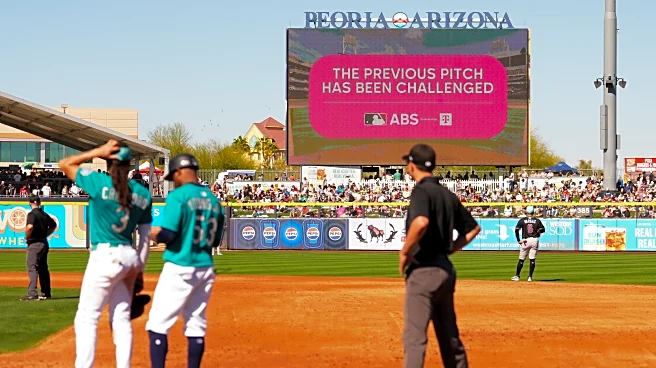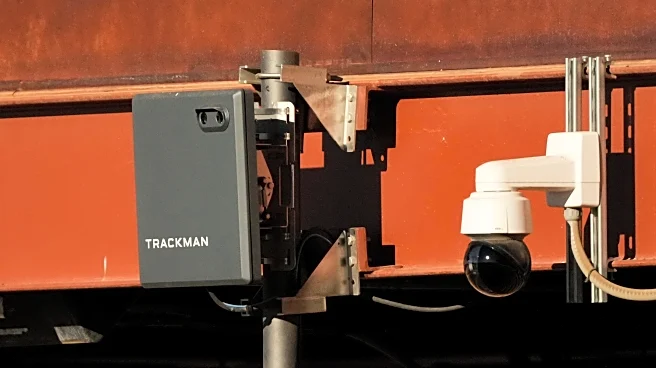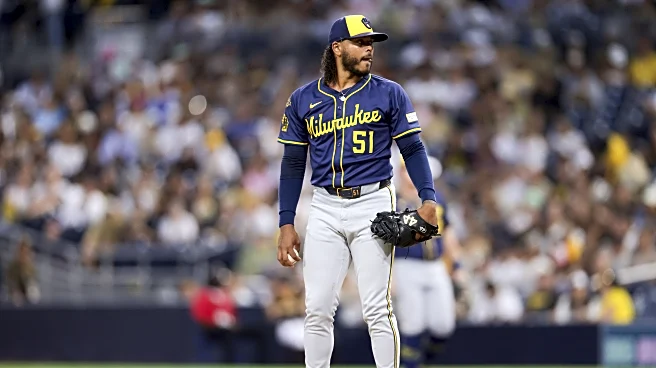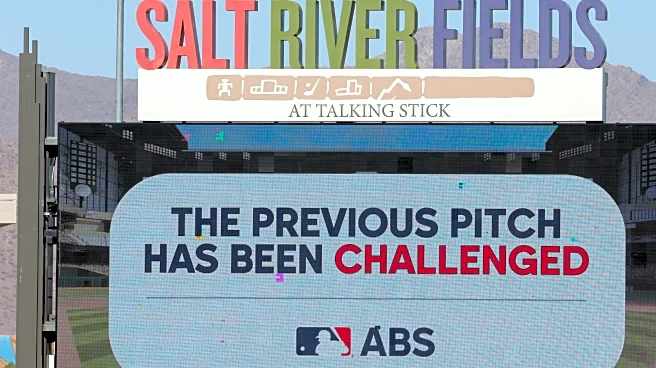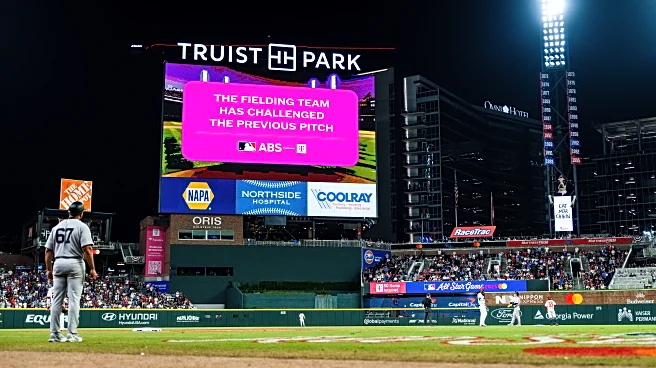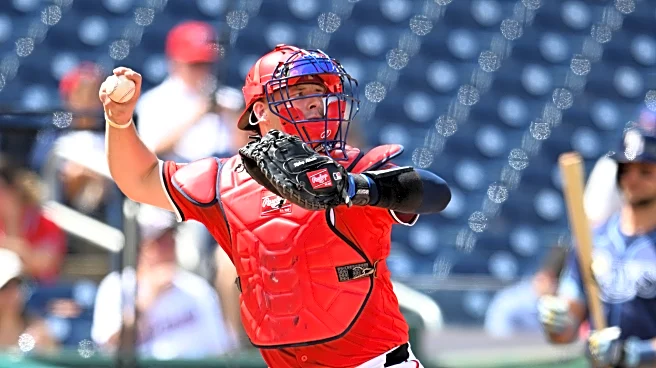After several years of testing, the automated ball-strike calling system’s time is finally here. Major League Baseball’s Joint Competition Committee voted on Tuesday to begin using the ABS challenge system on Tuesday afternoon.
The league begin experimenting with automated ball-strike calling back in 2019 in Independent League ball. The Single-A Florida State League was the next step in 2022. From that point, the system went into use at the Triple-A level. Initially, each six game series was split
between using the fully automated system and the challenge system. The challenge system was the more popular way to go, leaving umpires to call the games as normal, with each team getting challenges to use in which the ABS system would decide a contentious call. The 2024 and 2025 Triple-A seasons were thus played using the challenge system, and MLB begin testing it at the major league level in spring training and at the All-Star game. At each level they collected feedback from players, fans, and coaches on their preferences and impressions of the impact of the system on game play.
Each team will receive two challenges. Only hitters, pitchers, and catchers can call for a challenge by tapping their helmet or cap. In the minor leagues, the average time to resolve a challenge was 13.8 seconds. The result is then displayed on the scoreboard so fans can see the disputed call and it’s resolution through the ABS system. If the umpire’s call is confirmed the team loses a challenge, but if they’re correct they retain it, so there is an onus on being correct in a challenge and not challenging egregiously on close calls. A mistaken challenge can leave your team without recourse on a more important call later in a game.
Teams without a challenge remaining in extra innings will get one additional challenge for each inning beyond the regulation nine. Teams still holding challenges from regulation into the extra frames will not receive an additional challenge.
Fan voting in testing revealed a preference for the challenge system over fully replacing the umpires with the ABS system. Under full-time ABS using the same Hawk-Eye technology that gathers data for Statcast, walk rates spiked significantly in the minor leagues, and of course baseball was never intended to have a perfectly uniform and consistent strikezone, so the experience of seeing a fully machined strike zone just didn’t appeal to a majority of voters.
As for the players, there were some minor objections to the full ABS because it takes away a traditionally crucial component of the game; the connection and smooth operation between a pitcher and catcher. While some see framing as cheating the system, the work of good framing has generally been to get more strikes called accurately rather than turning actual balls into strikes, though that certainly has always been part of the catcher’s art as well. Calls that are really far off the mark are the target of the ABS challenges, and those aren’t affected by catcher’s glovework much in the first place.
At this point, players don’t like the idea of taking the catching element out of the game. It’s a crucial skill that coaches and players have worked hard to refine over the history of the game. They just want recourse for truly egregious calls outside the zone, or in the case of pitchers and catchers, think of a catcher setting up inside and then the pitcher missing down the middle and getting a called ball because of the catcher’s positioning. The challenge system should alleviate the worst excesses in either scenario.
Perhaps in time, acceptance of a full ABS system will grow as familiarity with the system increases. After all, once you can call a perfectly uniform and consistent strike zone, at least as close as possible to the rules, which aren’t crystal clear in the first place, it’s hard to go on year after year purposely allowing missed calls. I suspect that this is the slow creep for a system that will eventually take over full-time as mistakes in high leverage situations continue, perhaps in situations where a team has already burnt its challenges.
Here was Commissioner Rob Manfred’s statement on the change.
“We used the same process with ABS that started with listening to fans, conducting extensive testing at the Minor League level, and trying at every step to make the game better. Throughout this process we have worked on deploying the system in a way that’s acceptable to players. The strong preference from players for the Challenge format over using the technology to call every pitch was a key factor in determining the system we are announcing today.”
The next step is getting accurate measurements on each player. That will be fun, as heights have always tended to be slightly inflated to help in getting drafted or signed. Those measurements will then tailor the strike zone to each player’s body, without regard for any adjustments they might make with their uniform to try and shrink the zone in game play.
Currently, this is the working definition of the strike zone, with the last change in the definition coming in 1996.
The official strike zone is the area over home plate from the midpoint between a batter’s shoulders and the top of the uniform pants — when the batter is in his stance and prepared to swing at a pitched ball — and a point just below the kneecap. In order to get a strike call, part of the ball must cross over part of home plate while in the aforementioned area.
Overall the challenge system has been a big success in Triple-A ball, and after some initial kinks were worked out, it’s been very smooth sailing. The challenges don’t impede the flow of the game, and as team’s learned to save them for the big situations, their use more and more fit the intent, which is to avoid particularly poor calls impacting high leverage situations, without turning to a full ABS regime.
So for the time being, the value of framing balls and strikes isn’t going to be impacted, and the game shouldn’t really look any different to the eye of fans at home or in the park. Finally though, there will be recourse for the worst calls in a given game, and from my own Triple-A viewing experience, will only make the game better.
